dp0609 - FEP - Universidade do Porto
dp0609 - FEP - Universidade do Porto
dp0609 - FEP - Universidade do Porto
You also want an ePaper? Increase the reach of your titles
YUMPU automatically turns print PDFs into web optimized ePapers that Google loves.
(ASSETS, SALES and MKCAP), a significant presence of outliers is apparent<br />
(e.g., EDP, Portugal Telecom, Sonae, Brisa), as the mean is substantially<br />
higher than the median. In relation to the ER variable, such difference is small,<br />
the sample only experiencing here a slight positive asymmetry. Regarding<br />
ROA, one can observe a mean asset profitability of 3%, with more than 50%<br />
of the observations exhibiting profitability ratios lower than 5%. In what<br />
concerns growth opportunities (proxied by PBV), our results show that the<br />
market prices firms’ equity at a mean (median) premium of 83% (28%) over its<br />
book value.<br />
5.4. Group comparisons and correlation matrix<br />
In table 7 a comparison is made between the two types of auditor<br />
opinions according to a number of different variables. The results point to the<br />
inexistence of significant differences between the two groups as far as board<br />
size (NUM) or the number of board meetings (MEET) are concerned.<br />
Regarding the percentage of non-executive board members<br />
(PNEXEC), we find that the mean and median values for this variable are<br />
lower in instances where a modified opinion has been issued, but such<br />
difference is only marginally significant (p-value of 0.15). However, if one<br />
considers a one-sided test – which is justifiable on the grounds that one would<br />
expect a larger proportion of non-executive members in the clean opinion<br />
group – the difference becomes statistically significant at the 10% level (p-<br />
value


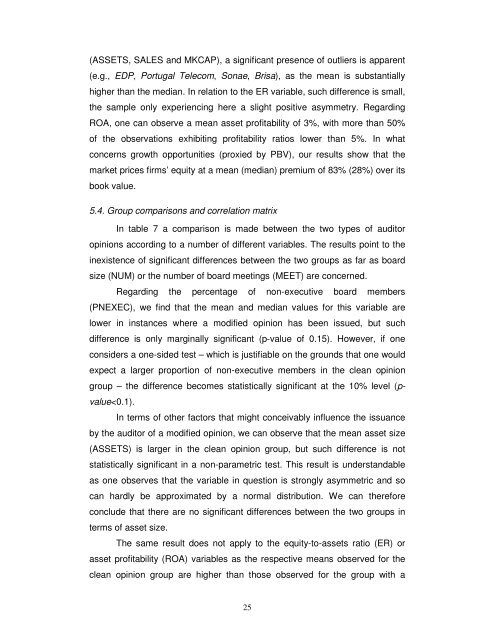

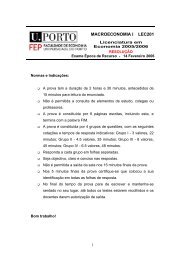
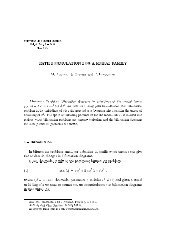
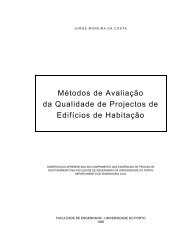

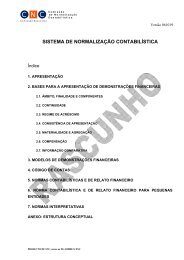

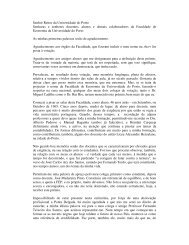
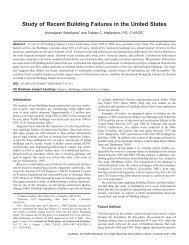
![Republica [Popular] de Moçambique. As Alterações Toponímicas e ...](https://img.yumpu.com/20789614/1/184x260/republica-popular-de-mocambique-as-alteracoes-toponimicas-e-.jpg?quality=85)




